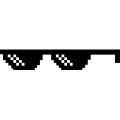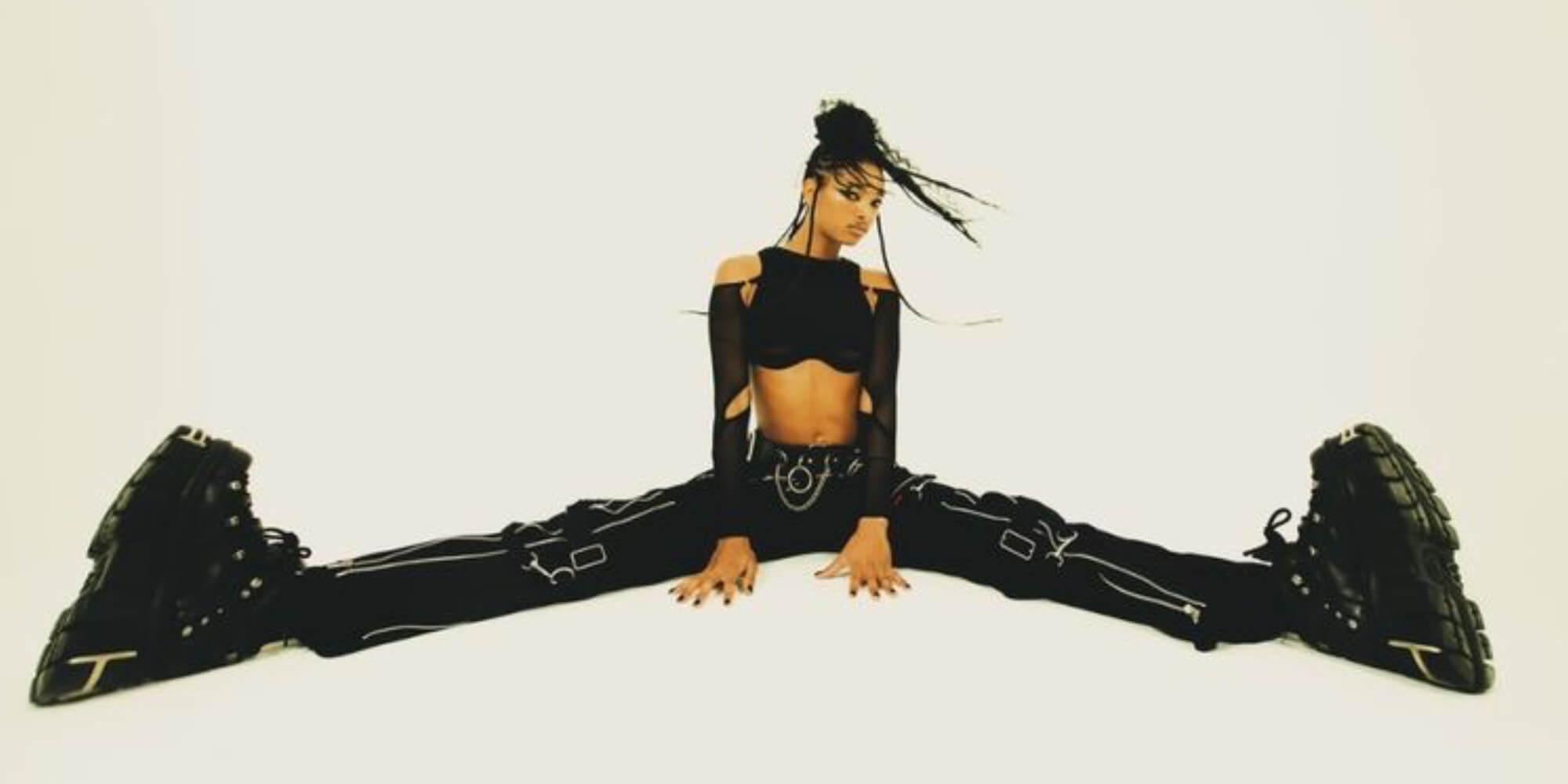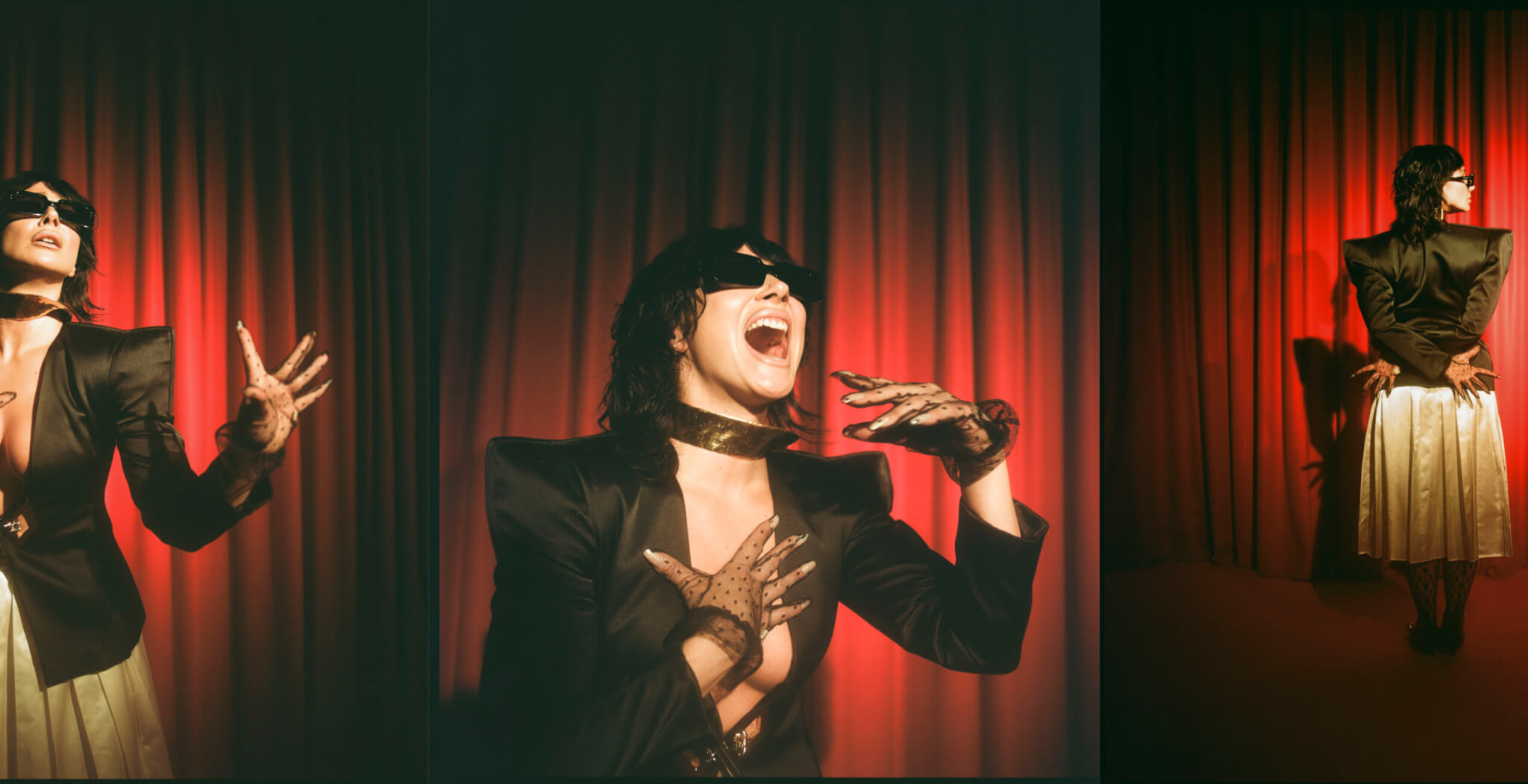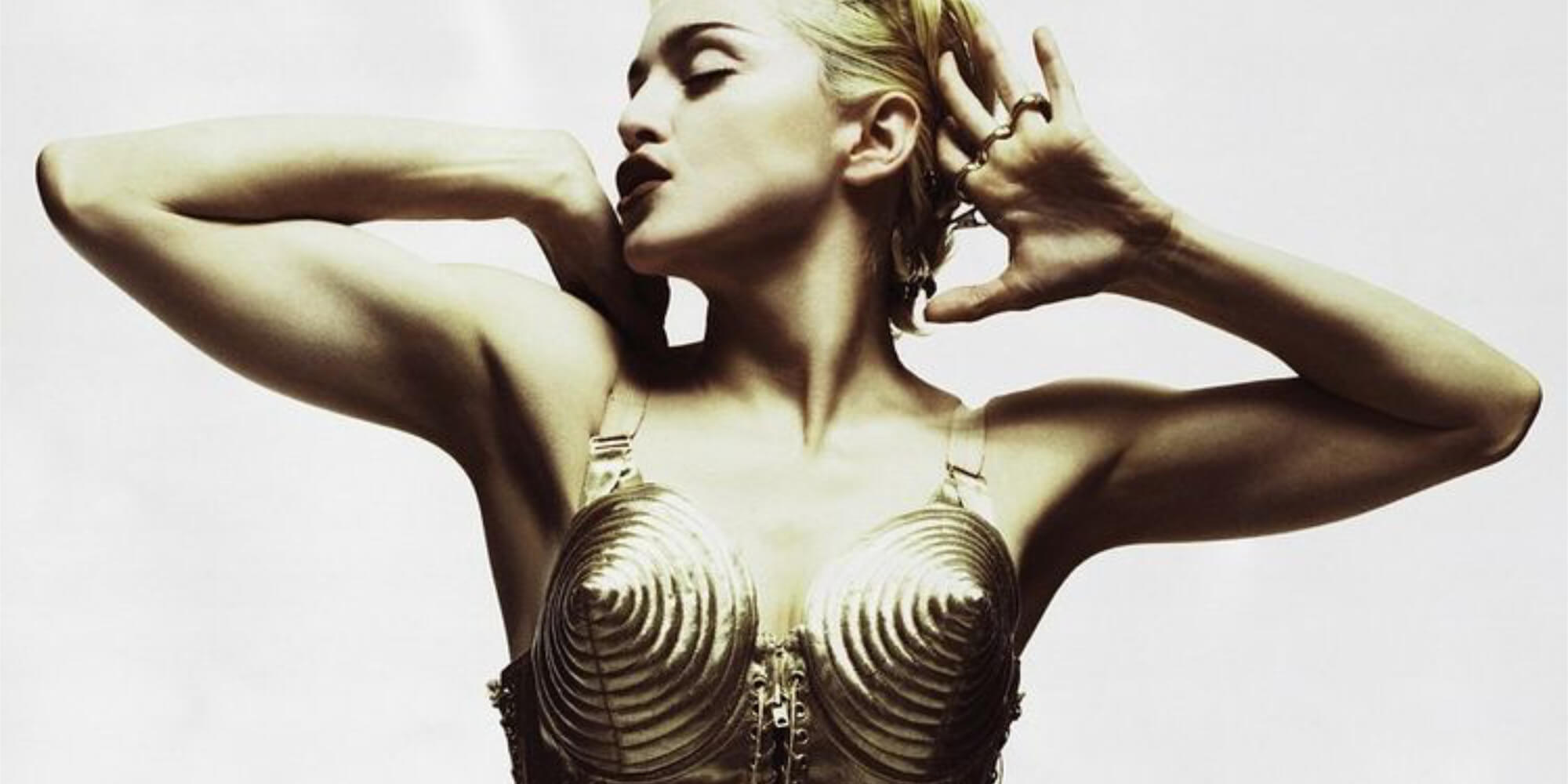Was the Emo Subculture ever Dead?
There has never been a thing such as too much eyeliner.
No doubt the 2000s were confusing and tasteless. Full of angst and clashing identities. As we talk about the decade’s music and trends, it’s hard to avoid generalising. After all, the music of the 00s meant many things to many different people. What’s most important, we all did the most of it—and the best to join our counterparts.
Fashion and music have always been intertwined, serving as powerful forms of self-expression. The punk and glam rock scenes of the 70s, with Vivienne Westwood and iconic bands like Sex Pistols, showcased individuality and rebellion. These subcultures laid the foundation for future movements.
Emo punk-pop, often associated with skate parks and shopping malls, has experienced a significant revival. Avril Lavigne’s latest album, Love Sux, invites a new generation to don skinny black jeans, graphic tees, and heavy eyeliner. It’s a nostalgic nod to the emo subculture of the past.
The resurgence of emo culture is not just about nostalgia; it’s about embracing history’s cyclical nature. Avril Lavigne rightly said, “Trends come and go, but history does tend to repeat itself.” The emo subculture provided a sense of belonging and individualism in the 00s, with distinct hairstyles, gothic makeup, and online platforms like Myspace for expression.
Today, emerging artists like WILLOW and Meet Me @ the Altar are bringing fresh ideas to the emo scene, diversifying and paying homage to its roots. Rina Sawayama, known for her musical versatility and cyborg aesthetics, spearheads conversations on mental health, inclusivity, and non-binary identities. The emo revival is evolving with the current social climate.
Spring 2023 collections have embraced gothic and emo beauty, signaling the official return of emo-inspired eye makeup. From Dior’s models exuding pop-punk star vibes to Versace’s gothic brides deviating from tradition, and Fe Noel’s models effortlessly blending emotions and whimsy, the fashion industry has fully embraced the renaissance of emo culture.
The renaissance of emo culture is undeniable. It proves that the notion of the “last real youth subculture” fading away is far from true.
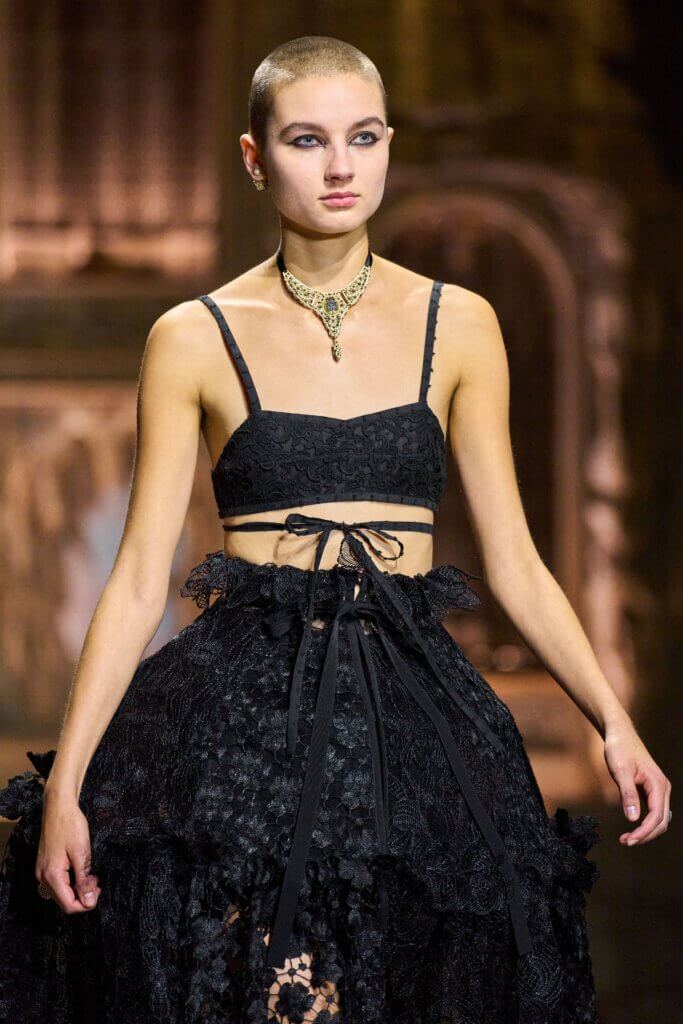
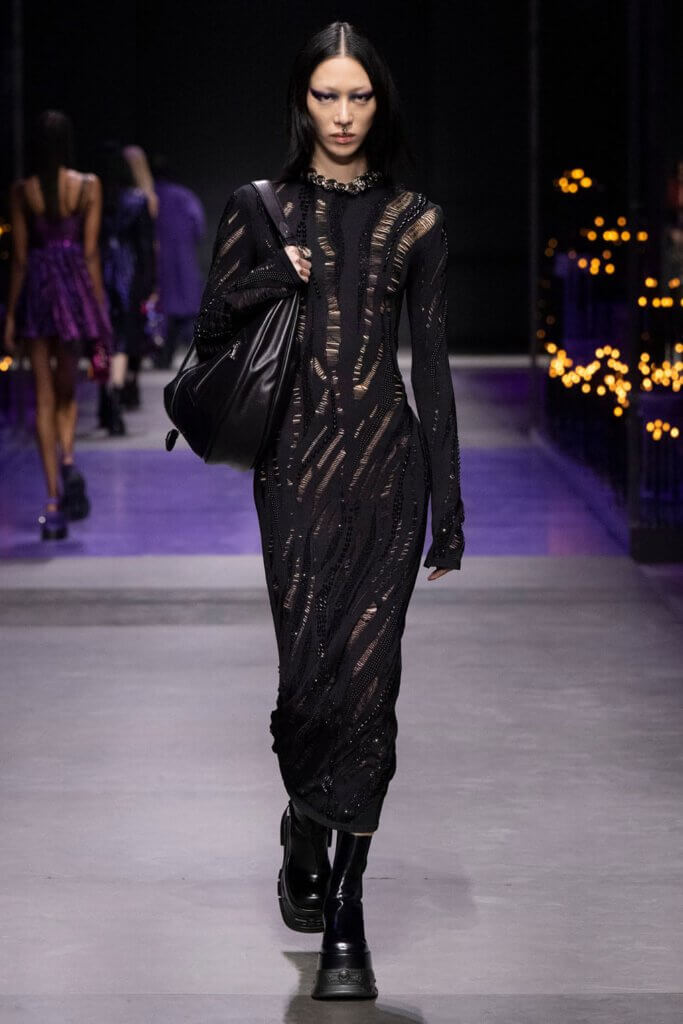
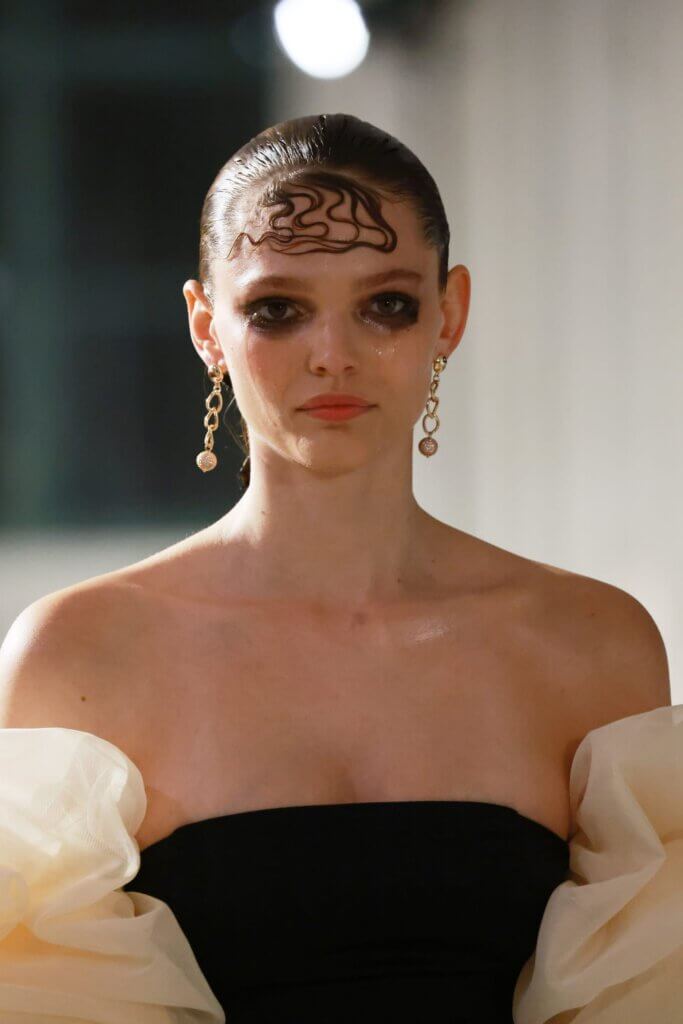
And that renaissance is certain by all means. Spring 2023 collections made sure to make gothic and emo beauty among the top, leading forecasts to announce the official return of emo eye makeup this year. For instance, Dior had their models running down the catwalk looking like they were pop-punk stars; Versace’s gothic brides skipped the white and married the Dark Academia; and Fe Noel’s models were cool with bringing both their emotional and deliriant sides to the party.
Were there rumours that the ‘last real youth subculture’ had died? Nobody thinks so anymore.



